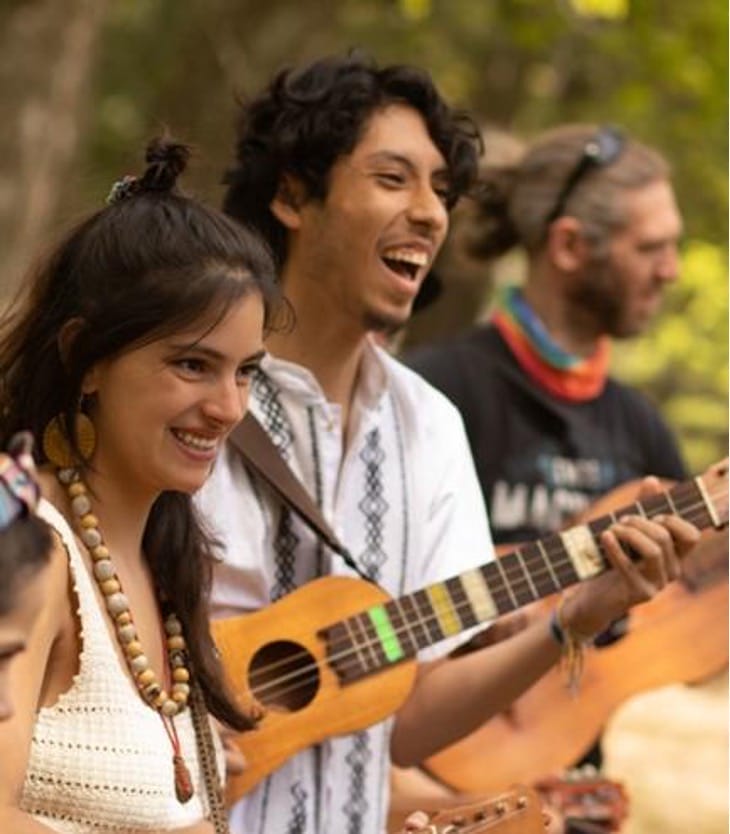TITLE: Unlocking Inquiry in the Social Studies Classroom through Mexican Traditions
AUTHOR AND TEACHER: James Longbotham
James Longbotham is a third grade teacher at Lenape Elementary School in New Paltz, NY.
ARTIST COLLABORATOR: Pulso de Barro– Maria Puentes Flores and Mateo Cano
LENGTH: Five one-hour class sessions and one grade-level assembly
Find the complete lesson plans in the sidebar under “Downloads.”
NEW YORK STANDARDS ADDRESSED
NYS Next Gen ELA Standards 2017
3W4: Create a response to a text, author, theme, or personal experience (e.g., poem, play, story, artwork, or other).
NYS Next Gen Social Studies Standards 2016
3.2 The location of world communities can be described using geographic tools and vocabulary.
3.4 Each community or culture has a unique history, including heroic figures, traditions, and holidays.
3.5 Communities share cultural similarities and differences across the world.
3.6 Communities from around the world interact with other people and communities and exchange cultural ideas and practices.

